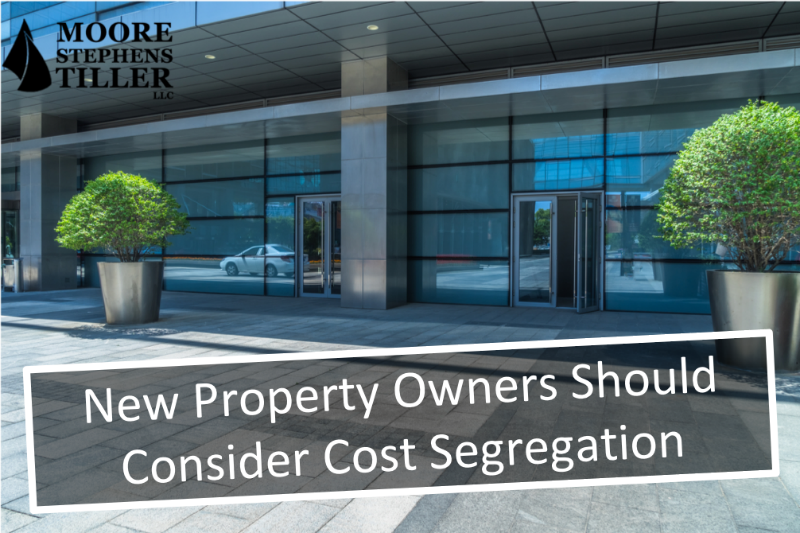
Strategy Accelerates Depreciation, Offers Substantial Tax, Cash Flow Benefits
If you’ve recently purchased commercial real estate, or are planning to, you’re undoubtedly looking for strategies that will minimize your tax obligation. Cost Segregation is one such way. If your business qualifies, you may be eligible to drastically reduce the depreciation period for certain building costs, from 27.5 or 39 years, to as little as 5, 7, or 15 years.
Further, you may be in a position to easily write off assets that have been rendered unusable (obsolete, broken, etc.).
Cost segregation is not something new. Its complexity, though, requires an in-depth knowledge of IRS rules and regulations. You may never have encountered it before, however we think you should consider it. We can help.
Who’s Eligible?
This tax strategy touches virtually every type of commercial (or rental residential) building; from apartment complexes to industrial, light manufacturing, and office buildings – from restaurants to retail locations to warehouses. The property must have been placed into service after December 31, 1986.
Cost Segregation Study
Before you can take advantage of this tax-saving strategy, you’ll need to have an engineer/qualified consultant complete a Cost Segregation Study. This divides your assets into four categories:
- Personal property – The more of this you can legitimately claim, the greater your tax savings will be. The recovery period for personal property (furniture, some window treatments, etc.) is 5-7 years.
- Land improvements – This category of assets has a limited useful life, generally about 15 years. It includes things like fences and sidewalks.
- Buildings – Professionals recommend that buildings be divided into components so that certain components, for example a roof that needs to be repaired/replaced, could be written off right away, on its own.
- Land – Land consists of anything not included in the above three categories.
A cost segregation study provides an audit trail. Poor documentation of asset classifications and costs puts you in a very bad position should the IRS conduct inquiries.
Benefits of Cost Segregation
Some of the benefits of cost segregation should be fairly obvious. They include:
- Reduced tax obligation – A shorter asset life means you’ll pay less in taxes because of the accelerated depreciation expense.
- Improved cash flow – Because your tax bill is lower, you’ll have more money for investment, general operations, new products or services, etc.
- Recovery of missed depreciation deductions – You may be able to go back and claim some deductions on previous tax returns (without amending them).
- Easier write-offs of some assets
- Deferral of both federal and state income taxes
Some Disadvantages
And the downsides? There are three primary disadvantages of using this method.
First is the cost of the engineering study. Second, if a cost segregation study is too aggressive or contains erroneous information, the IRS could assess penalties on the additional tax due to a “substantial valuation overstatement”. The third downside is a complex concept called depreciation recapture. Since you actually increased your income through accelerated depreciation, there will be tax implications when you finally sell the property (i.e. for real property, IRC section 1250 will apply, so the taxpayer will be taxed at the 25% tax rate for unrecaptured section 1250 gain).
Consult with a Professional
Can you apply this tax-saving strategy to property you acquired within the last year – or even longer ago? It’s a possibility, and it’s one of the many questions we can help you answer. Cost Segregation is not something you can tackle on your own; it requires the kind of expertise our team has. The potential tax savings and cash flow improvement, though, should make it worth your time and effort. So, get in touch with us at your convenience, and we’ll begin to work through this complicated element of your income taxes.
